
Im a bit late to the show, but I personally feel like you are heading down the wrong path. Unless you are trying to completely host locally, but for some reason want your backups in the cloud, and not simply on separate local server, you are mixing your design for seemingly no reason. If you are hosting locally, you should back up to a separate local instance.
If you indeed are cloud based, you SHOULD NOT be hosting a DB separately. Since you specified S3, you are using AWS, and you should rather use RDS managed mySQL and should use the snapshot feature built in. ref

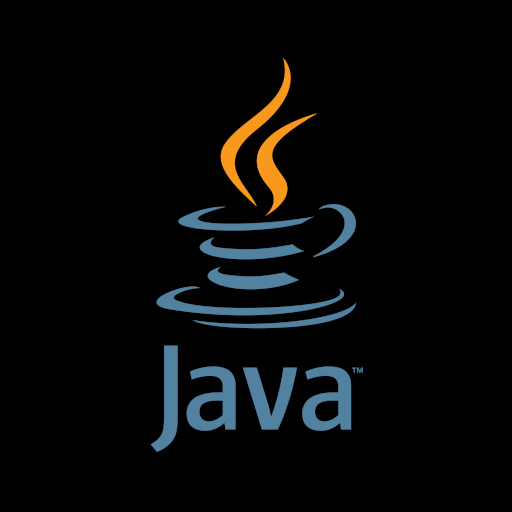





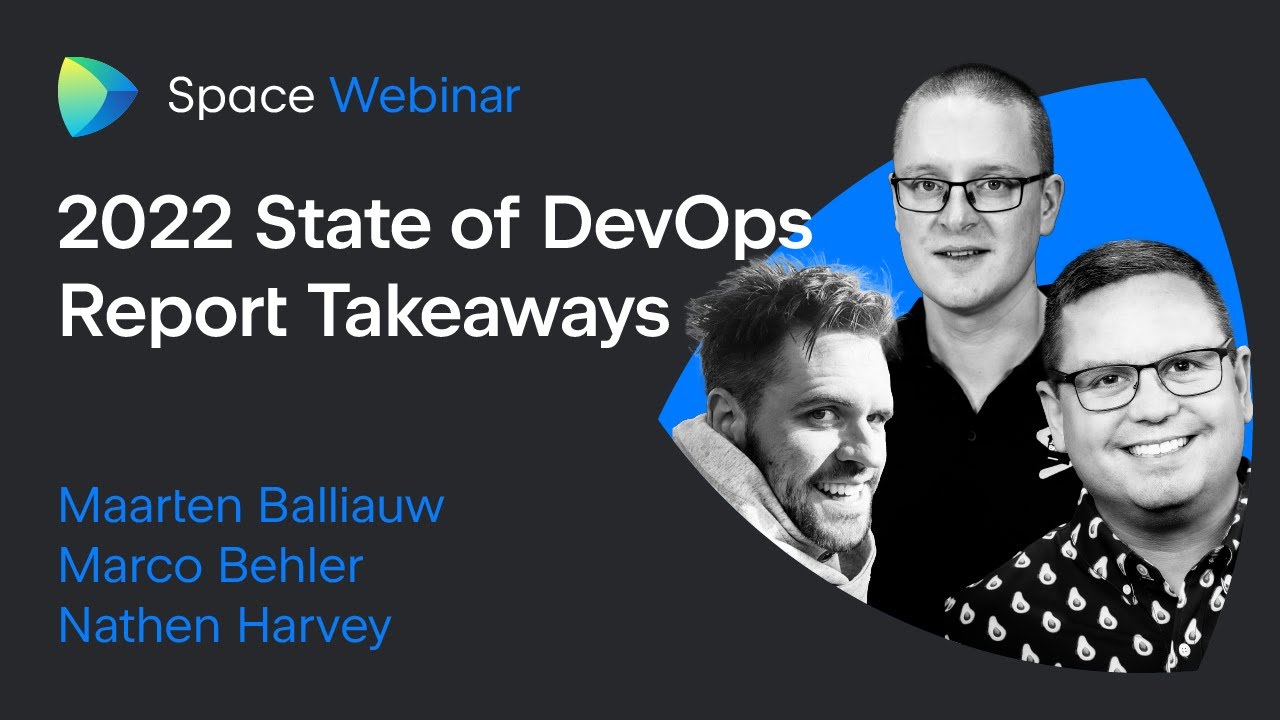



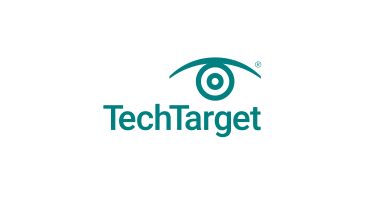


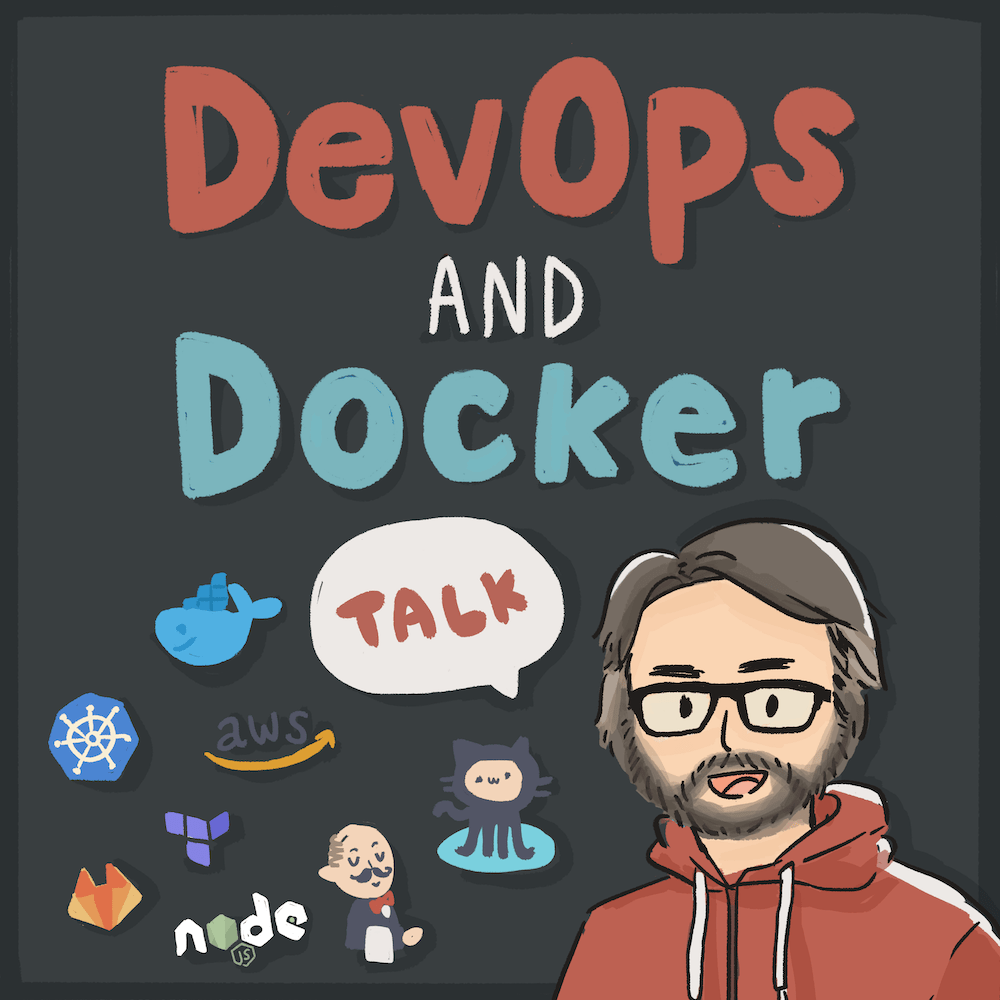
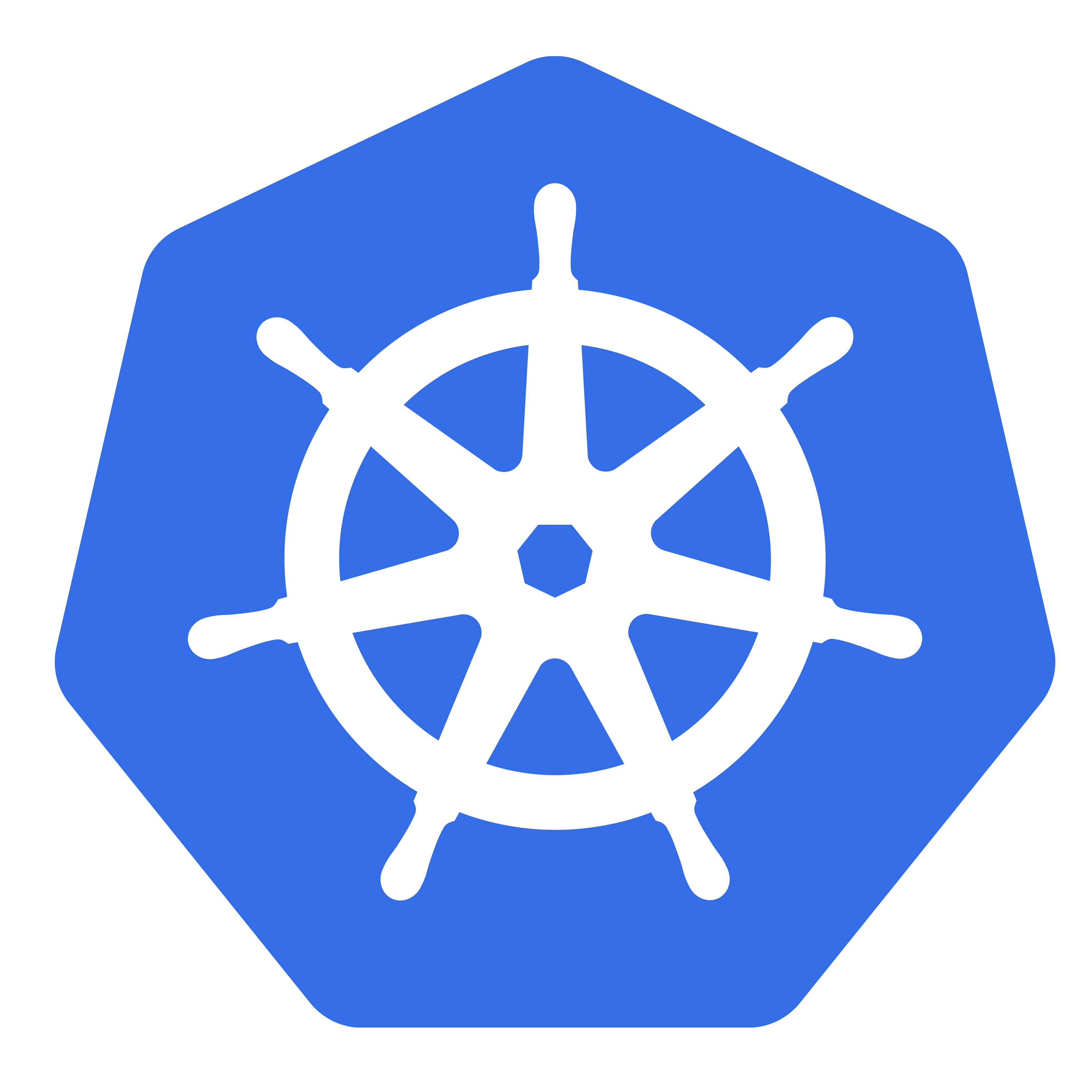

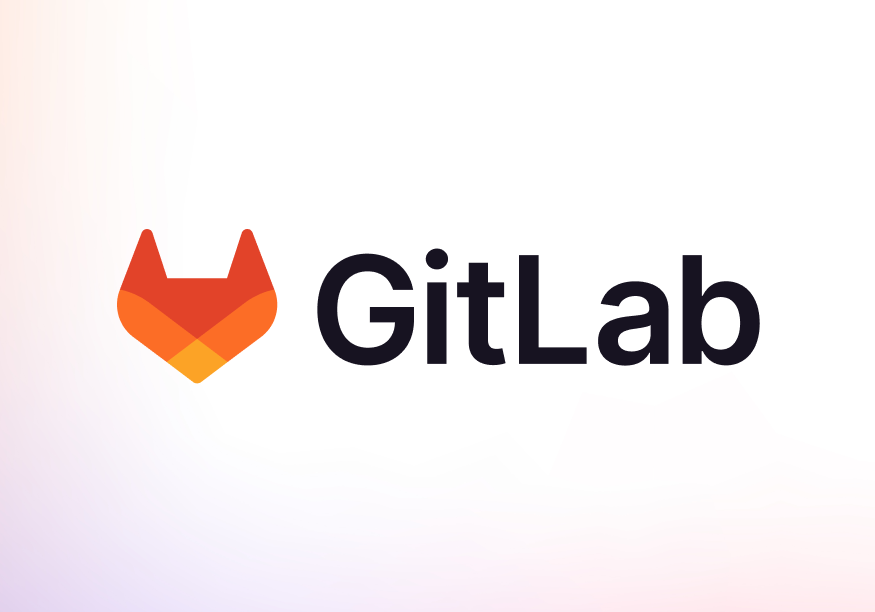

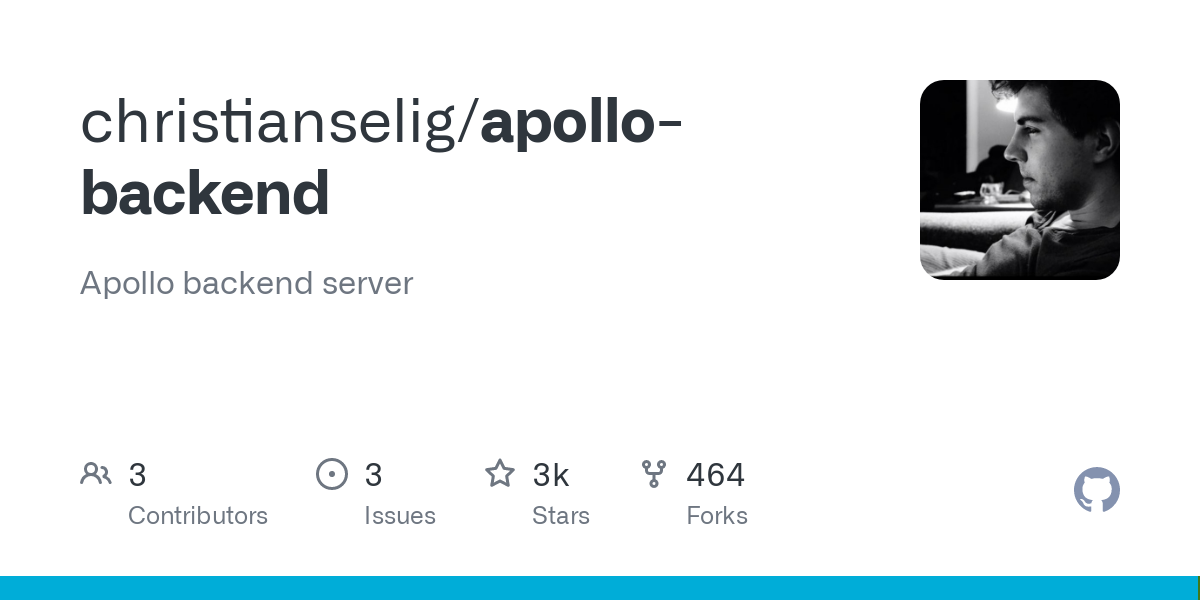
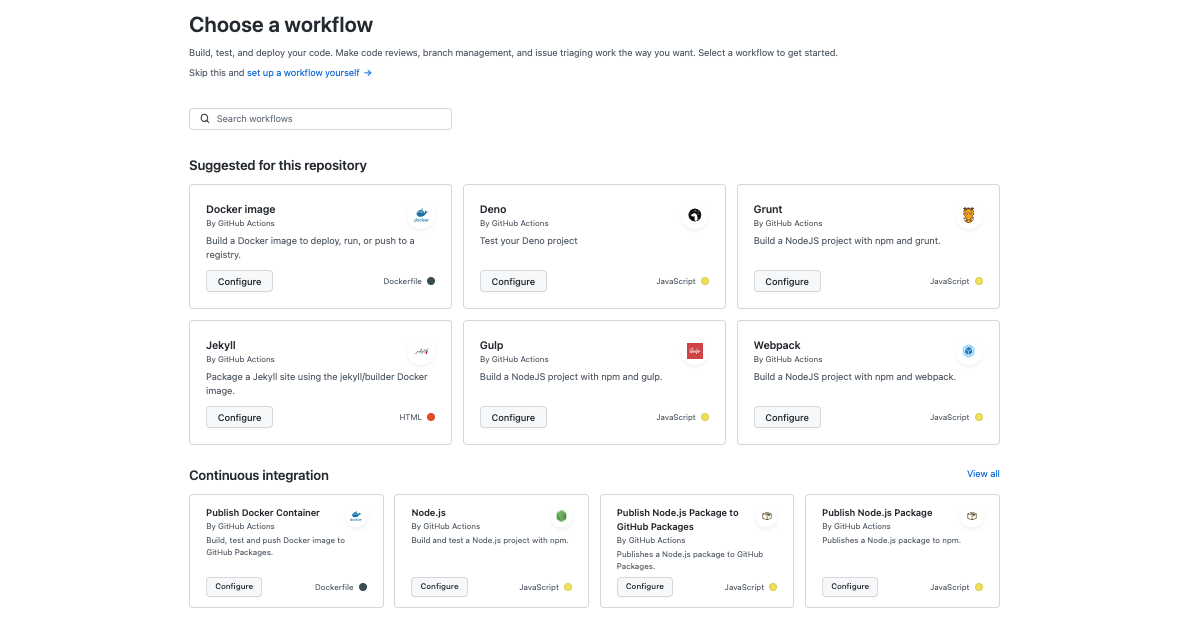

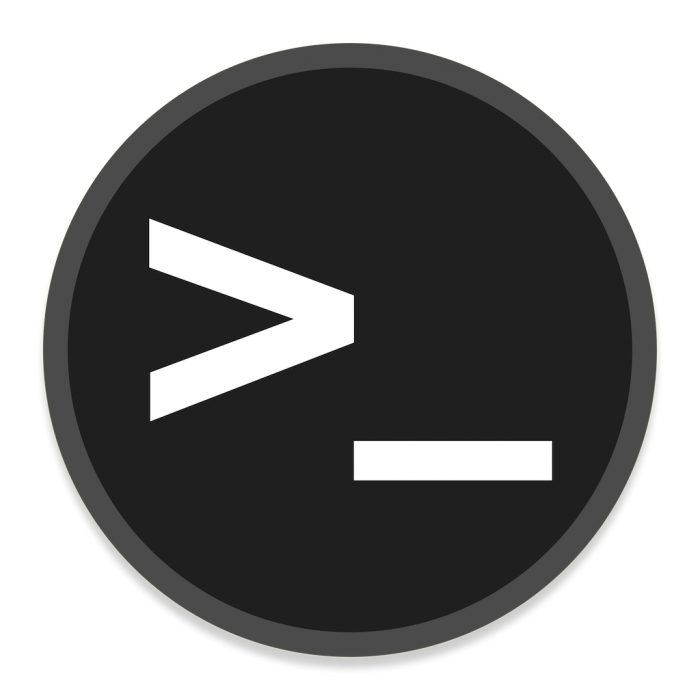
I have been using "gaming" keyboards for coding for ~10 years now. The only thing to be wary of imo, is keebs that have "extra customizable keys" on them and break conformity from a standard layout. Depends on the device, but Logitech will call them "G keys", for example, and often stick them on the far left of the board, left of tab/caps/L shift. Makes life a lot more difficult if not gaming.
Outside of that, I think calling something a "gaming" keyboard is more of a marketing tactic to up the price. It's hard to not recommend mechanical, but that sounds out of budget and often hard to do wireless/bluetooth, but personally I think mech is the top priority.
What I have seen a lot of peers do is wait to see whatever keyboard the get in office, then buy the same one for home for consistency, rather than dragging a personal one back and forth. Often companies will offer basic boards like logitech K270, K350, or K650. Not amazing, not terrible, and most likely fit in your described criteria.